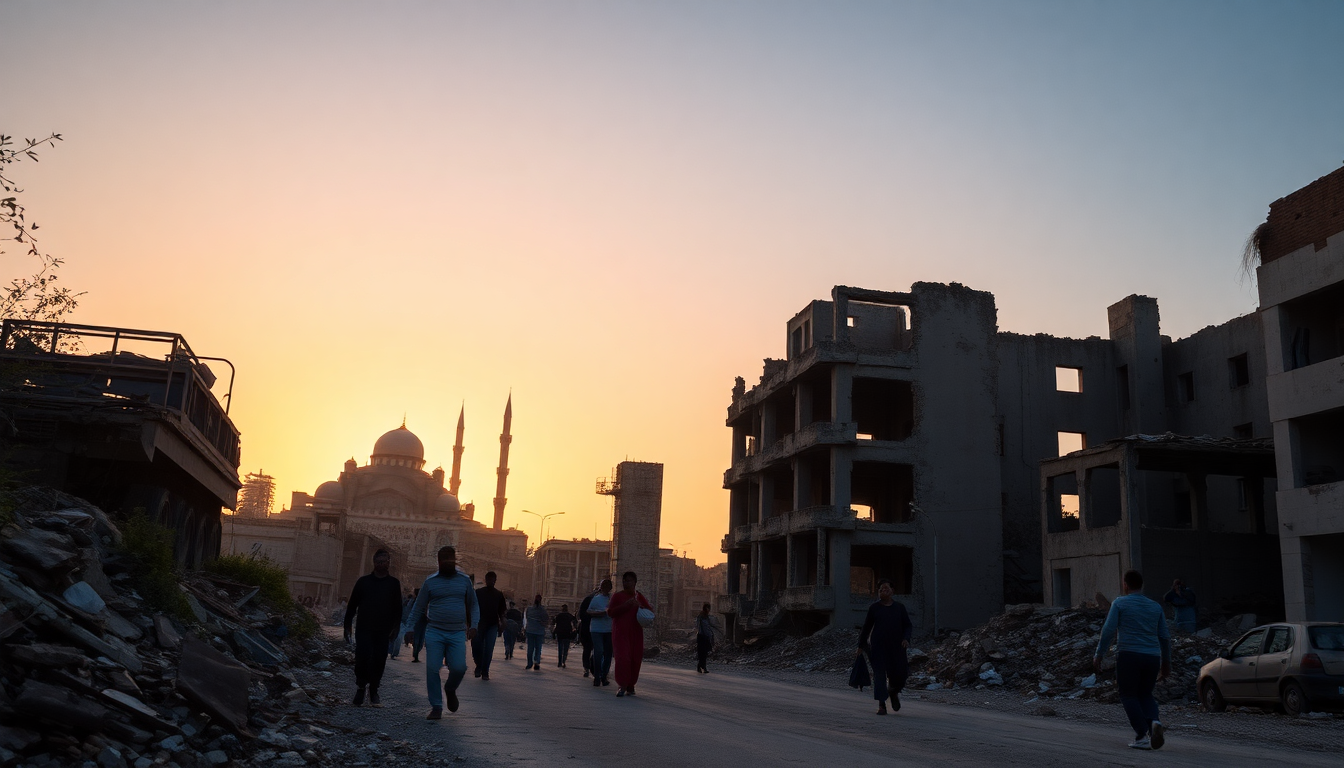Table of Contents
When we think about international relations, it’s hard to ignore how ongoing conflicts can shake up global stability. Today’s world is so interconnected that events in one part of the globe can echo far and wide. Let’s dive into some of the significant geopolitical tensions that are shaping our reality, exploring their roots, what’s happening now, and what could happen next.
Overview of Current Geopolitical Conflicts
In recent months, we’ve seen a dramatic rise in geopolitical tensions across various regions. Take Russia’s military actions in Ukraine, for example. The relentless aerial assaults on Kyiv have not only deepened the humanitarian crisis but have also sparked international outrage and a wave of economic sanctions against Russia. This situation really drives home a crucial point: modern warfare is no longer just about the battlefield; it often comes with political and economic consequences that ripple across the globe.
On another front, in Syria, sectarian violence has forced Bedouins in Suwayda to evacuate, highlighting how internal strife can lead to humanitarian disasters and mass displacement. And let’s not forget Gaza, where residents are enduring horrendous conditions amid ongoing military actions. Each of these conflicts underlines a vital aspect of today’s world: local struggles often have global implications.
Regional Analyses and Implications
Zooming in on specific regions reveals that the dynamics of conflict can vary dramatically. In Eastern Europe, the situation in Ukraine stands out as a crucial issue. The international community’s response—balancing diplomatic efforts with military aid to Ukraine—shows just how tricky it is to juggle national sovereignty and global stability. The fallout from this conflict doesn’t just stay in Ukraine; it impacts energy prices and security strategies throughout Europe.
Turning our attention to the Middle East, the complexity deepens further. The evacuation of Bedouins in Syria is just one example of how sectarian violence can disrupt entire communities. The historical grievances and geopolitical maneuvers behind these conflicts have significant implications for regional stability. Understanding these layers is essential for anyone trying to make sense of international relations today.
Future Outlook and Potential Resolutions
Looking ahead, considering potential solutions to these conflicts is crucial. While finding peace won’t be easy, international cooperation and open dialogue are essential. The global reaction to Russia’s actions in Ukraine could serve as a blueprint for tackling other conflicts, shining a light on the importance of collective efforts in promoting stability.
Additionally, prioritizing humanitarian efforts is a must. International organizations and governments need to team up to alleviate suffering and support displaced people. Only through united action can we hope to carve out a path toward lasting peace and stability in a world that seems increasingly shaken by geopolitical tensions. So, what do you think? Can we really find a way to navigate these turbulent waters together?


